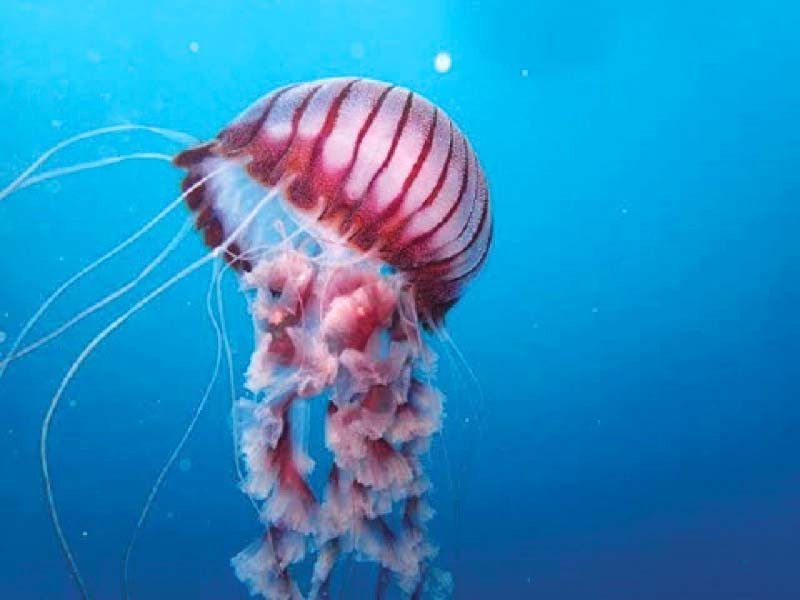
In order to harness the potential of untapped aquatic resources, the provincial department of fisheries launched the ‘Cage Culture Cluster Development Programme’ in 2020 which remained highly successful in achieving its targets.
The Department of Fisheries has now decided to promote the production of shrimp, crab and fish through the Cage Culture Cluster Development Programme in the new financial year under a large-scale public-private partnership.
A total of around Rs4.13 billion has been allocated for these two projects of which about Rs2.66 billion will be spent to increase the production of shrimps and crabs while another around Rs1.47 will be spent to increase fish production.
According to sources, these projects will allow the country to earn foreign exchange by exporting aquatic resources to different countries.
District Chakwal of the Rawalpindi Division has been placed at the top for increasing fish and shrimp production as its climate is the most suitable for the breeding of these aquatic species due to the presence of the large Dharabi Dam in the region.
In the Cage Culture Cluster Development Programme, new and modern cages and fences are installed in large dams and lakes and the fish are bred in these cases and fences.
In these large waterbodies, their growth is rapid and due to their babies being in these cages, they do not become food for other aquatic life and their protection and monitoring also becomes easier.
This system has been quite successful in the South Punjab and now it has been decided to expand its scope to the entire province.
According to Malik Mudassir, the Secretary of the Forest, Wildlife and Fisheries Department, the farmers will be trained to raise the fish for two weeks. “Cages will be made for them, and small fish and feed will also be given to them,” he explained.
He hoped that the shrimp and crab production will be substantially increased under the Cage Culture Cluster Development Programme.
“There is a huge demand for shrimp across the world including Pakistan, but we do not have a large share in the open import/export market,” he lamented.
“We can earn billions of dollars in foreign exchange annually through exporting aquatic resources,” he said. “Work has started for both these projects and funds have also been allocated for this purpose,” he added.
Published in The Express Tribune, July 12th, 2023.


1730884134-0/BeFunky-collage-(26)1730884134-0-165x106.webp)

1730981853-0/BeFunky-collage-(30)1730981853-0-165x106.webp)













COMMENTS
Comments are moderated and generally will be posted if they are on-topic and not abusive.
For more information, please see our Comments FAQ